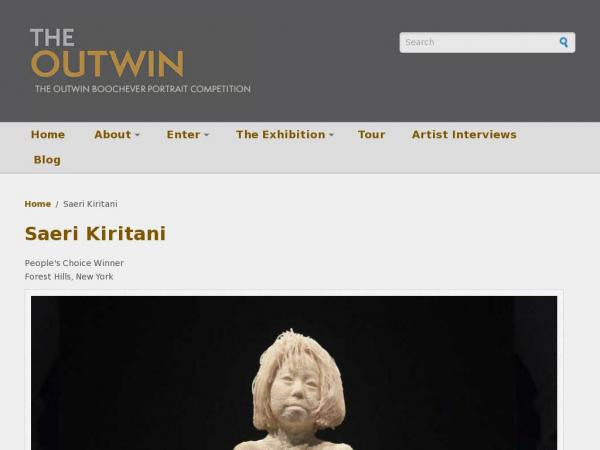<p><strong>Description:</strong></p>
<p>The goal of this collection is to focus on the ways artists like Shimomura denounce the impact of World War 2 on individuals. The collection is integrated in a unit called Paroles. It is the name of the collection of poems by Jacques Prévert written in 1946 that partly deals with the topic of war. Prévert is famous for taking strong political positions in his poems, using a simple, sometime surrealist and often sarcastic writing [ressources 6 and 7].</p>
<p>In integrating the study of <a href="https://learninglab.si.edu/resources/view/27850"><em>Diary: December 12, 1941</em></a> that addresses the Japanese-American Incarceration, students have the opportunity to both understand the uniqueness of Shimomura's style and the global magnitude of his topic by reflecting on the similarities and differences between his work of art. and Prévert's poems.</p>
<p>In this collection, students use the thinking routine "Think, Feel, Care" to uncover Shimomura's work of art. It also encourages a comparative study of the ways the two artists approach this global issue and how their work is shaped by culture and by their context of production. This analysis lead them to a broader discussion on how art can be used as a powerful way to give a voice to the unknowns and educate people. </p>
<p><strong>Step 1: Sketch the painting</strong> [ressource 1]- it helps student pay close attention to details, specifically to the superman shape on the background, but also the woman's body language and the architecture of the room - Do not show the caption yet.</p>
<p><strong>Step 2: Think, Feel, Care [ressource 2] in small group</strong></p>
<ul><li>First, name the person involved in the painting (the American superhero, the Japanese woman, the painter, the public, the American authority).</li><li>Then, analyze the painting using the 3 steps of the routine "Think, feel, care": </li></ul><p>"This routine encourages students to consider the different and diverse perspectives held by the various people who interact within a particular system" (in this painting, the students can identify several systems, from the system of the house to the system of power gender or immigration). My advice is to let them explore one of the system they identify. The additional information provided in step 3 will help them broaden their understanding afterward. </p>
<p>"The goal of this routine is to help students understand that the variety of people who participate in a system think, feel, and care differently about things based on their positions in the system. This routine fosters perspective taking, raises questions, and surfaces areas for further inquiry." (Agency by Design, Project Zero)</p>
<ul><li>Debrief with the whole group</li><li>Take notes individually on the questions and puzzles that remain</li></ul><p><strong>Step 3: Provide additional information on the context of the painting - use </strong>the caption and the entry of the diary [resource 3], , Shimomura and his grandmother [resource 4]) and Pearl Harbor [resource 5].”</p>
<ul><li>Let the students take notes individually</li><li>In small group, answer these questions: what was the artist's intent? What is the artist's impact? In what ways do the symbols used in the painting contribute to influence the public's perspective? What are the similarities and differences between Prévert and Shimomura's approach to World War II?</li><li>Debrief as a whole group</li></ul><p><strong>Step 4: Imagine what poem Prévert could have written to raise awareness about Japanese Incarceration.</strong></p>
<p>This activity is an opportunity for the students to reactivate prior knowledge about Prévert's writing style while rephrasing Shimomura's intent. </p>
<p>Tips: Using ressources 6 and 7, the students can use the Thinking routine "Connect, Extend, Challenge" before they write their poem. This activity will allow them to reflect on the differences of style of the two artists. </p>
<p><strong>Extension:</strong></p>
<p>After the analysis of <a href="https://learninglab.si.edu/resources/view/27850"><em>Diary: December 12, 1941</em></a>, invite the students, in small groups of 3, to find another work of art of their choice in the Learning Lab that denounces the consequences of war on individuals. </p>
<p>Use the Visible thinking routine "Layers" to help them justify their choice and connect it with Shimomura and Prévert's work.</p>
<p>Use the Global thinking routine "The 3 Y's" to help them understand the global impact of the work of art they have chosen.</p>
<p>Each group present the work of art to another group.</p>
<p><strong>Alternative</strong>: </p>
<p>The students write a poem on the work of art of their choice mimicking Prévert's style, instead of writing a poem on <em><a href="https://learninglab.si.edu/resources/view/27850">Diary: December 12, 1941</a></em></p>

Anne Leflot
13
 Anne Leflot
Anne Leflot
 Anne Leflot
Anne Leflot
 Anne Leflot
Anne Leflot


